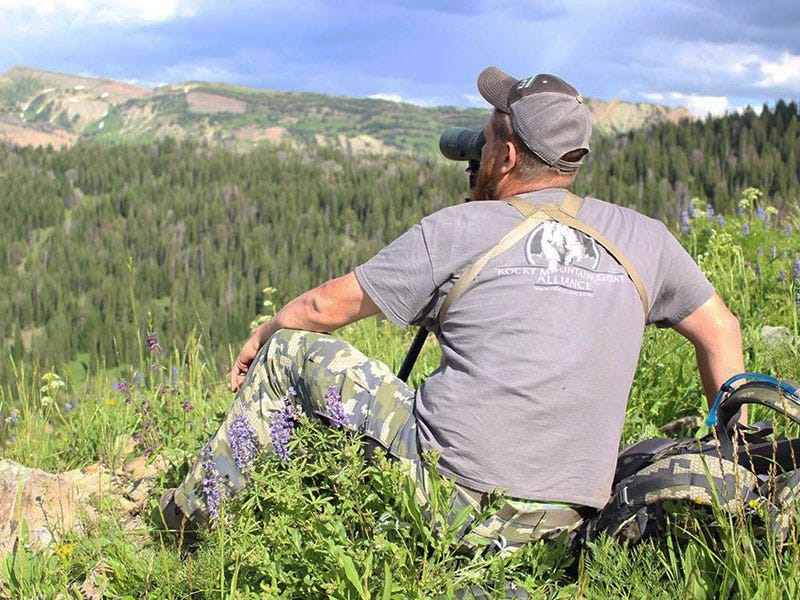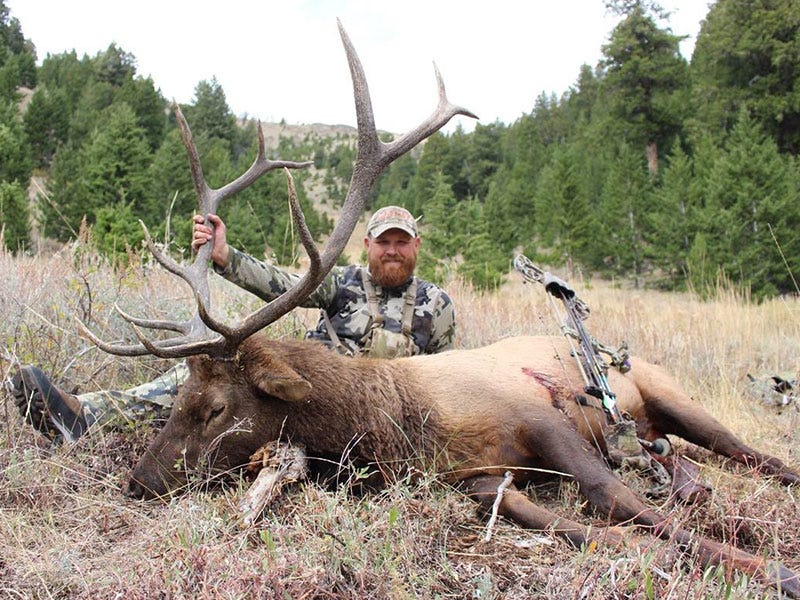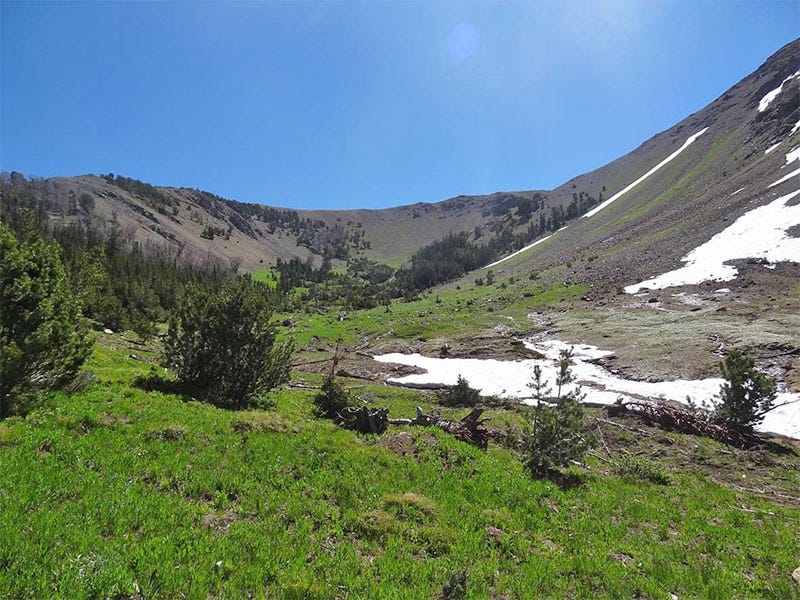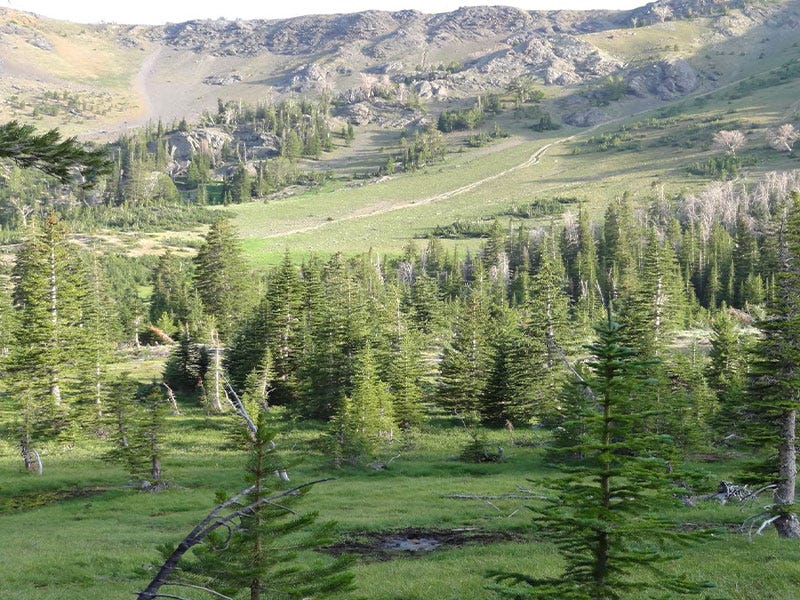Opening Day Bulls - What you Need to Know

By Zach Bowhay

I am of the opinion that you would be hard pressed to find a more passionate group of hunters than that of archery elk hunters. We constantly pour over maps, evaluate gear, practice our calling until our significant other’s ears bleed and the list goes on and on. We do all this for that one magic month of September that we all love dearly. Most of us do this and only have a limited time to hunt. Due to this, we want to have the most action-packed hunt as possible, where we hear and see all of the sounds of elk country. Meaning there are more hunts planned for the latter part of the season than that of the early part of September. I love the heat of the rut as much as the next guy, but today we are here to talk about the opening weekend of elk season and how to prepare to try and take a bull early in the game before things really crank up.
Scouting
As many of you likely already know, during the summer months most of the bulls will be paired up with other bulls in bachelor herds and the cows, calves and juvenile bulls will be in their own herds. When you are scouting for elk during the summer you have to decide if you are scouting for elk in general or a place to hunt elk early. It’s possible to do both at the same time, but you must understand that finding the big herds of cows out feeding in the wide open for the world to see is often not where you will find that big nasty bull that we all dream of come opening day of archery season. Often times these bachelor herds of bulls are in some hidden pocket up high where they can escape people, bugs and all the other disturbances to their daily routine. They look for places where they have water, cover and great feed all nearby.
Once you have found elk in these areas you will notice that they usually don’t wander far and if left alone, bulls will usually stay in the same general area for most of the late summer into September when either hunters or the rut gets them moving. If you keep this in mind and glass them from afar instead of going in and disturbing their bedroom you will have a good chance of keeping tabs on them, giving you a good idea where to start on opening morning. Instead of tromping through where they are living, take the time to watch the elk, note their travel patterns and different places you see them and what time of day they seem to do certain things. Unbothered elk can become very predictable and the more time you spend learning their daily routine the more pieces of the puzzle you will have put together by the season opener.
The Opener
When it comes time for opening day you need to be prepared for what approach you are going to take. You can take many different approaches and all can be deadly. Personally, if I know where the bulls will likely be and the country lends itself to stalking, that is the approach I will try to take. Early in the season if they haven’t been bothered, you stand a good chance of moving in close and getting a shot.
Another good option is if you have them somewhat patterned you can move into position and hopefully ambush them. This can be implemented a couple of different ways. First, you can simply move in and set up and wait in a pre-determined location and hope for the best. The second option here is more of a spot and ambush technique where you sit back and watch until you see a bull heading to a place where you can quickly move into position for him to move by you.
Let them hear you, shop all of our hunting calls here.
Last, but not least, is the option we are all familiar with and that is calling. It can change from year to year, but it often seems that elk can be quite vocal at the beginning of the season. It’s my personal opinion that usually they are just warming up for the oncoming rut and you can often hear the first few days. Often times though, eager bowhunters stir things up and they tend to quiet down for a week or two until the rut really kicks in. Still, I have called in a lot of bulls in the first few days of the season. If you do decide that calling will be your method, I would recommend moving in as close as possible to the elk and calling sparingly. With this tactic many times you can get their curiosity just enough that they come in and inspect what’s going on. Make sure you have an arrow nocked and you stay on high alert as many times they will come in silent and leave the same way if they don’t find what they are looking for.

There is one element I must mention if you decide to try and hunt a bull on the opener. These elk that you have been watching have been in summer mode and you can usually keep tabs on them fairly easy. However, once you decide to go in and try and kill one of them that can change quickly. You often have one shot at them before they turn from relaxed elk into pressured elk. Meaning if you show up and there aren’t other hunters in the area it would greatly benefit you if you were methodical in your approach. If necessary, go to great lengths to keep the wind in your favor, keep out of site and be quiet. Even if that means looping the next drainage for a mile to get into position unnoticed. Your biggest strength on these early hunts is the element of surprise.
Each of these methods can be very effective, but each hunter needs to evaluate the situation and their own personal hunting style and capabilities before they decide how to go about it. Hunting the heat of the rut is no doubt one of hunting’s greatest thrills, but any time you can outsmart an animal on their home turf and have it all come together it is a very exciting ordeal. The truth be known, every day in the elk woods is a good day and the kill is just icing on the cake. So if you have the time to sneak in an elk hunt early season, even if just for a few days it will be worthwhile. Who knows, you just might bring home a bull before all the hoards of hunters even show up.

